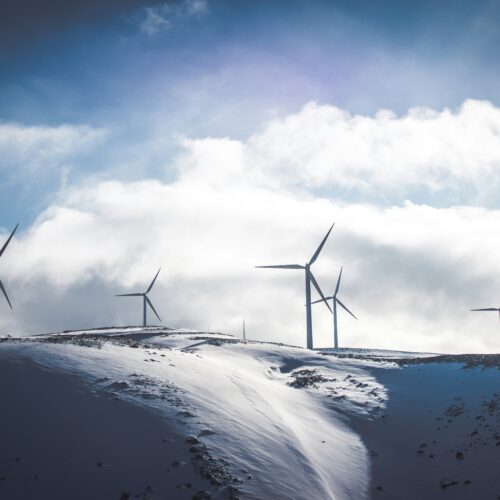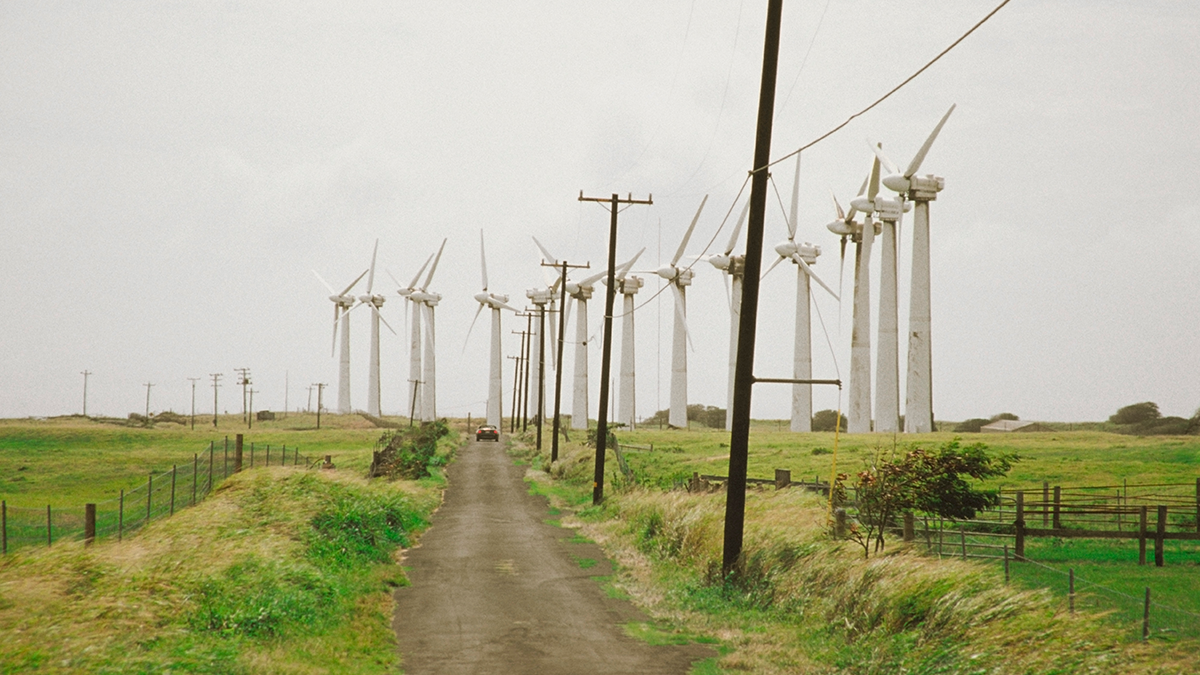Wind energy has come a long way since the first recorded use of wind power in ancient Persia over two thousand years ago. Today, wind power is one of the fastest-growing sources of renewable energy, and a key component in the global transition towards sustainable energy production. The impact of cutting-edge turbine technology and large-scale deployment is revolutionizing the wind energy sector, making it more efficient, cost-effective, and environmentally friendly than ever before.
The Advantages of Advanced Wind Turbine Technology
One of the main drivers of the wind energy revolution is the development of advanced wind turbine technology. Modern wind turbines are highly efficient, producing more power with fewer components, and requiring less maintenance than older models. Some of the key advancements in wind turbine technology include:
These advancements have made wind energy more accessible, affordable, and environmentally friendly, making it a more viable option for communities and businesses around the world.
The Benefits of Large-Scale Deployment
Large-scale deployment of wind turbines has also had a significant impact on the wind energy sector. By deploying wind turbines on a massive scale, wind energy producers can take advantage of economies of scale, which reduce the cost of energy production and make wind energy more affordable for consumers. Large-scale deployment also provides a stable source of renewable energy that can help to reduce the carbon footprint of entire nations.
In addition, large-scale deployment of wind turbines has the potential to create new jobs and stimulate local economies. The installation and maintenance of wind turbines require a wide range of skilled workers, from engineers and technicians to crane operators and electricians. This creates new job opportunities in communities where wind turbines are deployed, helping to boost local economies and support local businesses.
The Challenges of Wind Energy Deployment
Despite the many benefits of wind energy, there are also challenges associated with its deployment. One of the biggest challenges is the need for clear, consistent regulations and policies that support wind energy development. Governments around the world must work together to create supportive policies that encourage the growth of wind energy, and to remove barriers to its deployment.
Another challenge is the need for large investments in wind energy infrastructure, such as transmission grids and storage solutions. While these investments can be substantial, they are also essential for the growth and development of the wind energy sector, and for the transition towards a more sustainable energy future.
The Future of Wind Energy
The future of wind energy is bright, as technological advancements and large-scale deployment continue to drive growth in the sector. Wind energy is becoming increasingly competitive with traditional sources of energy, making it a more accessible and affordable option for communities and businesses around the world.
At the same time, the need for sustainable energy solutions has never been greater, and wind energy has a critical role to play in meeting this need. As the world continues to grapple with the impacts of climate change and the need for clean, renewable energy, the wind energy sector will continue to grow and evolve, bringing new innovations and solutions to the table.




